

Our ABL Padded Scooter Board
The ABL Padded Scooter Board offers physical, sensory, and cognitive benefits for children. This scooter works as a tool in both physical education and therapy settings.
Benefits of the ABL Padded Scooter Board
- Motor Skills- helps development strength, coordination, and balance.
- Body in Space- Navigating the scooter around the room can help children learn about spatial awareness and help them understand how to move through their environment safely.
- Bilateral Coordination- While using the scooter, children are using both sides of their body at the same time. The body is working together to help keep the children balanced.
Padded scooters come with a lifetime warranty.
Heavy duty bearing wheels.




































